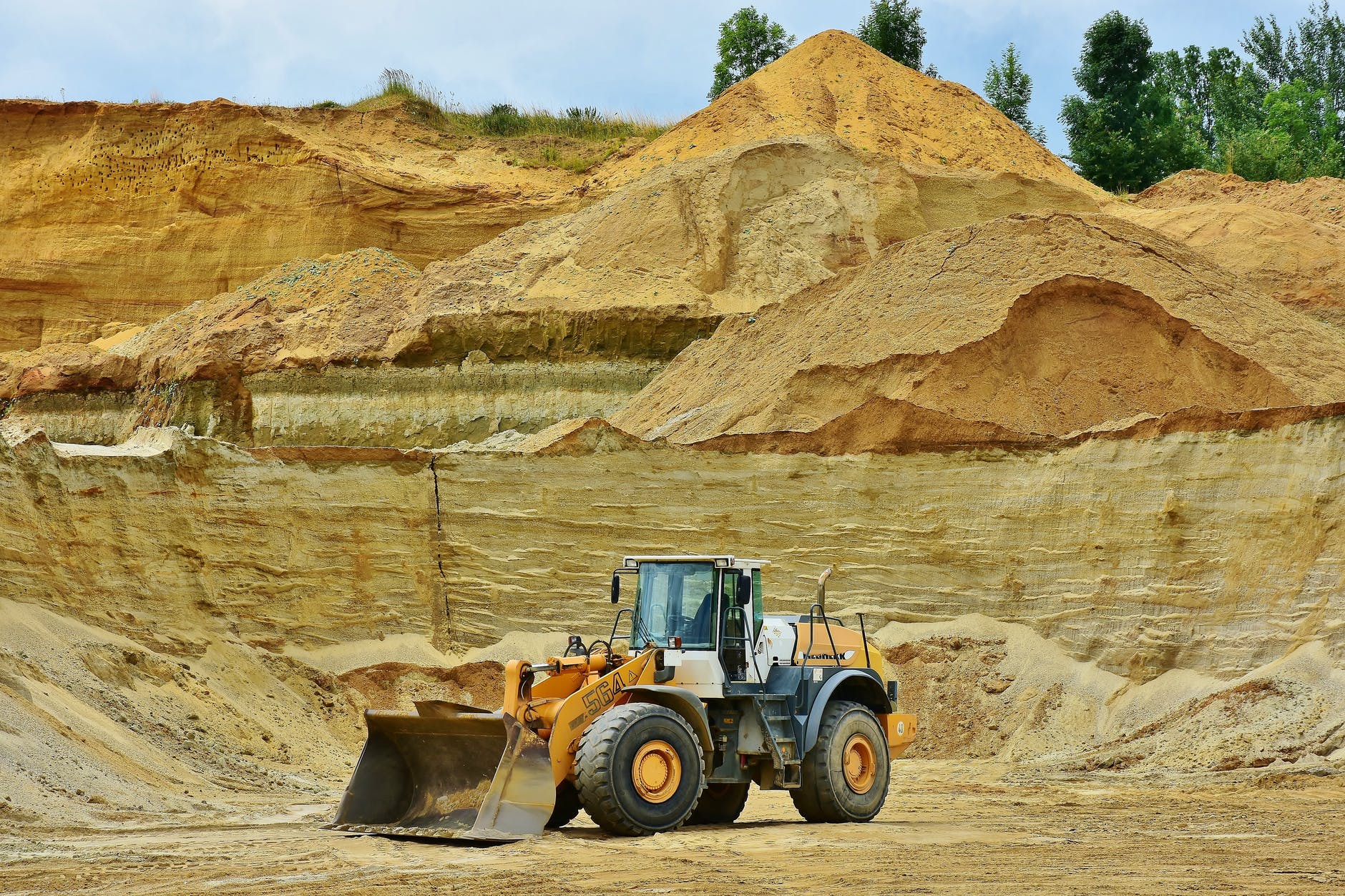Recovered fines and recovered soil rules in NSW
By: Mike Ritchie, MRA Consulting Group

Recovered Soils
Recovered Soils is a new RRO/E and a positive step to formalising the reuse of clean soil (that does not meet Excavated Natural Material (ENM) or Virgin Excavated Natural Material (VENM) classification or arrives to a recycling facility without a classification) where physical contaminants can be effectively removed. This is important because some of this material has been confused with ENM and been incorrectly resupplied to the economy.
The ability to blend recovered soils with compost, VENM, pasteurised garden organics and mulch is also a positive development. It will reduce the demand on limited soil and sand reserves and improve the value of these recovered products. This will assist market development opportunities for compost as FOGO services become commonplace for households and businesses.
Now the not so good news.
Recovered Fines
Recovered fines are the mix of <9.5mm stuff that comes out of a C&D processing line. It is a mix of dirt, crushed concrete, aggregate, broken bricks, glass fines etc. It is really useful as a cheap fill or building substrate.
The EPA has been concerned that it has other stuff in it like plastic, chemicals, PFAS and asbestos. So they have redrafted the RRO/E, tightened the testing regime and limited the allowable levels of certain chemicals.
I thought it would be useful to summarise the key changes. For the sake of brevity, I have only listed the attributes (absolute maximum concentration) that have been tightened, (not those that have remained unchanged or made easier to achieve). There are also a bunch of definitions, units of measure etc in the draft which I have not repeated here.
| Chemical and Attribute | Prior | New Draft |
|---|---|---|
| Cadmium | 1.5 mg/kg | 1 mg/kg |
| Asbestos fines/fibrous asbestos | Not tested | No asbestos found |
| Light plastics | 0.1% | 0.01% |
| Polychlorinated bi-phenyls (PCBs) | 1 mg/kg | 0.2 mg/kg |
| Per- and polyfluoroalkyl substances ‘PFAS’ | Not tested | 5 µg/kg |
| Chlorinated hydrocarbons | 1 mg/kg | 0.1 mg/kg |
| Number of samples required per 400t | 10 | 20 |
| Total number of analytes | 23 | 32 |
It is pretty obvious that asbestos and PFAS have been a focus of EPA attention.
They were not included in the prior testing regime for Recovered Fines. It makes sense that asbestos be included.
What surprised me was the inclusion of PFAS. The science on the impacts of PFAS is still developing, there is little consistency across state regulations and, even within NSW, acceptable levels for PFAS are different in different standards.
But, more importantly (in my humble view), it seems wrong to regulate the end-of-pipe recyclers but still allow PFAS to be included in products used daily by millions throughout the economy.
Tweet
Asbestos use has been banned. Good. So, the asbestos we see in our recycling facilities is legacy material (from old houses etc). Once it is removed from the economy it is gone forever. That is not true for PFAS. It is still being made and sold in the economy. Surely the EPA needs to start there if PFAS pose health and environmental dangers.
Finally, the testing regime has been significantly tightened. I understand why. Finding contamination in soil can be a bit like catching a mosquito in a dark room. You know it is there but locating it is difficult.
That is true for spikes in contamination. A more regular and intense testing regime is designed to address the mozzie. But it will be expensive (MRA has heard testing costs of about $10/t of recovered fines). That is more than they are worth.
The new regime will definitely see more fines going to landfill. That makes sense for contaminated materials, but you don’t want to send the sector broke trying to find the mozzie or penalising the good operators.
In all of these issues I hope the EPA has considered the market and the economic effects. The C&D sector in NSW is leading the charge to reach 80% diversion from landfill and will likely need to surpass 80% to make up for target shortfalls in the MSW and C&I sectors.
Recovered fines is a key portion of the outputs of a C&D recycling facility and any increased cost to manage recovered fines will translate to increased gate fees.
No-one would disagree with the intention to protect the environment from pollution. The EPA is walking a fine line between environmental protection and blowing out landfill tonnages. Not an easy balance.
The recovered soils and recovered fines RRO/E will be finalised in Q2 2022. The final requirements of the RRO/E will dictate the productivity of the C&D sector for the coming years.
Mike Ritchie, is the Managing Director at MRA Consulting Group.
This article has been published by the following media outlets:




